The chip giant provides the magic behind the current boom of true wireless earbuds.
The past year has seen an explosion of affordable wireless earbuds from both established brands and new entrants into the space. Bluetooth earbuds have become a key product category for just about everyone in the mobile space, and a necessity for both work and play for many of us. Although it may not be immediately obvious, many of the current crop of true wireless earbuds are powered by silicon from Qualcomm, the chipmaker best known for its dominant Snapdragon mobile platforms.
Android Central sat down for a virtual chat with Qualcomm Senior Product Marketing Manager Guy Gampell to discuss the company's wireless audio journey over the past five years, the current wireless audio boom, and what the future holds for Bluetooth buds.
It all began with Qualcomm's acquisition of CSR (formerly Cambridge Silicon Radio) in 2015, Gampell explains.
"[CSR] productized Bluetooth in such a way that on an SoC [system on a chip] we could deliver a Bluetooth radio."
"I was looking at these SoCs and thinking: gosh, apart from the physical material that you wrap around it, you've got the complete product on a single chip."
That was the starting point for aptX, the audio codec compression algorithm that delivered CD-quality wireless audio, as well as CVC, a noise cancellation technology for voice calls.
"CSR pioneered that and brought a few technologies that were really unique," Gampell says, "One of those was aptX, which was introduced initially around 2011. AptX meant that for the first time over Bluetooth you could be assured of a CD-like quality of audio. Up to that point, the audio quality had been a bit hit and miss with so many variables, you never knew quite what you were going to get."
"As the market grew, so did the requirements — people wanted more and more capabilities. We pioneered putting ANC (active noise cancellation) into the chip, but I'll be frank: our first attempt at it was not very good. We pioneered true wireless stereo, and indeed we got some products to the market using our chip long before Apple came out with the AirPods."
Qualcomm's 2015 acquisition of CSR brought further momentum to its products, culminating in the launch of new QCC series chips with improved active noise cancellation and huge gains in power efficiency arriving in time to compete with Apple's AirPods.
Gampell witnessed the acquisition and its effects on RCS's products first-hand.
"[The acquisition] turbocharged our development efforts, and allowed us to get to the next generation, which is the QCC range. So we initially launched the QCC512 about two and a half years ago. And this was a step change [in] quite a few ways. We got great ANC in it, so now we could do noise canceling without external silicon laid down by the developer."
"The really amazing thing was what we did with power consumption, we took the power consumption down to about a third of where it had been on that original CSR chip. The first kind of earbuds [to] have ever come to market typically had around a 2.5-3 hour playtime before you needed to recharge them, dropping them into the case. Overnight, we took that to eight or nine hours when we launched the QCC512"
Overnight, we went from three hours of playtime to eight or nine.
This significant uptick in battery life helped fuelled adoption of true wireless earbuds over the past year or so. But for Qualcomm, the boom in buds launching today can be traced back to the launch of its QCC series chips at CES 2018.
"You're seeing a lot of product launches, which is super exciting, but it's really reflecting an event of two years or so ago, which was the [launch] of the 302X series and the 512X series. And the 302 is particularly interesting because it brought to a lower price point some of these capabilities that we had developed."
That initial generation of QCC chips focused on power consumption, a huge challenge for a product with a very small footprint. The next iteration, the QCC514 and 304, was to address the reliability of the Bluetooth connection itself.
"If you think that [QCC]512 addressed the power consumption shortcoming, the 514 has addressed the robustness shortcoming," Gampell explains, "[With] a lot of the early products in the market, if you put the phone in your back pocket the signal's got to go across your body, through an ear the other side of your body [and you get] cross body interference. Or you walk into a railway station then it would start glitching or whatever. There'll be so many different conditions [in] which these products can get a bit glitchy."
"That's resolved by the 514, and [with the] 304, that brings that down to a lower price point."
Although Qualcomm doesn't routinely disclose which earbuds use which of its chipsets, outside of collaborative marketing efforts, the differences between these two chips make it easy to hazard a guess at which partners are using which chip. The 5 series is more likely to be found in higher-end buds, while the 3 series offers a more basic ready-made solution, with fewer opportunities for customization.
Ultimately, it's a trade-off between cost, ease and speed of implementation and the range of differentiating features a headphone maker can offer.
"[The QCC 3 series] does support some degree of innovation, but it's largely for customers who want a turnkey solution. So we deliver a chip, we deliver example applications, you know, it's pretty much ready to go. And all the technologies I've mentioned [like] aptX and CVC, there they're all baked into the chip."
"And with not too much effort you can knock out a product. We have a reference design for a low-cost pair of earbuds built on the QCC3020, and we're launching more reference designs soon. But even without a reference design there are design guidelines, example applications and software. That's what the QCC3 has done. And if you look at the huge number of products coming up with the QCC 3020, and the QCC 3040 that we've launched earlier this year, they come to market much more quickly because the developer is doing less work themselves. But the converse is that there's a bit less differentiation between them. They can begin to look a little bit samey."
For premium audio brands for whom "samey" won't cut it, there's the QCC 5 series, which is open to much more customization and differentiation, as Gampell explains.
That's how they can build a product to sell it for $300 as opposed to $150.
"The QCC 5 pulls into that a completely open programmable DSP, and now a customer can innovate. They can write their own audio chains. They may say, 'well, everyone's got Qualcomm CVC for voice uplink, we're gonna do something special, we're gonna write this special DSP algorithm and it's gonna be unique to us.'"
"Most of the premium tier brands do that because that's how they differentiate, that's how they can build a product to sell it for $300 as opposed to $150."
Many brands remain shy about openly advertising whose silicon is powering their headphones, preferring to let their products do the talking. However Qualcomm has recently engaged in more collaborative marketing with its partners. Recent examples include Sennheiser's MOMENTUM True Wireless 2 (QCC5121) and Jabra's 75T buds (QCC5100). OnePlus is also on the record about its Bullets Wireless 2 ising QCC3034.
Lots of our customers prefer really not to shout about whose silicon they're using.
"There's a lot of audio brands [who] kinda don't really want it known who's platform they're using because [of] differentiation. There are lots of our customers who prefer really not to shout about whose silicon they're using."
Qualcomm is, of course, best known for its Snapdragon series of mobile platforms, which accounts for 40% of smartphone processors globally. And unsurprisingly, having a major presence in the hardware powering the device on the other end of the Bluetooth connection has significant benefits for the company's efforts in wireless audio.
"There is, if you like, the cross fertilization of technologies," Gampell told us.
Think of Qualcomm as having a kitchen cabinet full of goodies.
"If you think of Qualcomm as having a kitchen cabinet full of goodies of technologies, which have largely been developed from the presence in mobile. And we can pick up some of those goodies, bring our expertise in the Bluetooth team, and bring technologies to market. Without the different business units of Qualcomm working together, we would not have been able to do [that]. The best example I can give you is of the adaptive ANC that we've just launched. The technologies behind that are a really interesting blend of what came out of the mobile side and what came out of the Bluetooth side, and together we've been able to do something really cool."
And by leveraging its presence in mobile, Qualcomm can seed new audio technologies in phones before earbuds are even developed. That, in turn, helps Qualcomm sell headphone vendors on its QCC SoCs, since there's a ready-made market of smartphones ready to take advantage of its proprietary features.
"There's an R&D benefit, [and] there's also a go-to-market benefit. We delivered aptX Adaptive as an encoder into smartphones a full season before we had it in the headsets," Gampell says.
We are looking at ways of actually having the performance elevate when there is a Snapdragon at the other end.
And Gampell says Qualcomm is planning to take this Snapdragon advantage to another level in future.
"We are looking at ways of actually having the performance elevate when there is a Snapdragon at the other end. Doesn't mean that the headset won't work with an iPhone or an older phone, because it will. But you'll get a more standard experience, whereas when it sees a Snapdragon on the end of the phone, it might start offering you a better more sophisticated experience."
One example of such a technology is AptX Voice, a recently announced technology designed to improve call audio quality over Bluetooth.
"It's basically delivering super wideband voice quality, which [is] what the carriers have invested in, and would normally be lost over Bluetooth when you're on a call, and it's preserving that super wideband voice for that last yard. That is only going to be found in certain phones built on recent Snapdragon platforms."
"Whether it's helping in R&D, whether it's seeding an ecosystem in the market, whether it's delivering something better to the user, There are a range of benefits of being part of Qualcomm and doing these things together."
It's clear wireless audio is a hugely competitive area. And Qualcomm, steering the market with its QCC series chips, should have a pretty clear picture of what's next for Bluetooth earbuds.
Gampell highlights a couple of key areas Qualcomm is working on, starting with TrueWireless Mirroring, which aims to further improve the stability of the Bluetooth connection itself. And there are also plans to improve the single-bud audio experience.
"[TrueWireless Mirroring] delivers an incredibly robust solution in terms of resilience to glitchiness and drop-out and all those annoying things. So [in the future] I would say goodbye to all of that. It also delivers a wonderful user experience in terms of being able to use the two buds independently or together."
"You can use just the left, you can use just the right, you can use them both, [and] you can do that dynamically, on the fly, while listening to music or a call. You could just put one down, walk away from it, doesn't matter. So that's an uplift in the user experience: the audio being much more stable and reliable, and the freedom of user experience. I think that's been the milestone of this year. Products [are] coming to market with that in the coming months."
Where's it all headed beyond that? Digital assistants and always-on listening will play a big role, according to Gampell, bringing the kind of functionality we currently enjoy in smart speakers to our earbuds.
How do you have a product that's always listening if it's not burning through batteries?
"I think I alluded to some of the more complex use cases, [such as] being able to run a digital assistant like Alexa or Google. Being able to do so without even having a button on the product, so that you can just literally even wake it up from standby with your voice — so that it's always listening, but doing that while the power consumption is not collapsed. How do you have a product that's always listening if it's not burning through batteries? Well, that's what we believe we're cracking."
Qualcomm's recently announced Adaptive ANC is another example of its direction of travel, as is Bluetooth LE Audio, a standard which promises new functionality for headphones. In other words, we'll be doing a lot more with our Bluetooth headphones in future, and Qualcomm's QCC chipsets will likely be powering a significant portion of those devices.
"[We're also going to see] the ANC becoming more intelligent. We just launched Adaptive ANC, but again, if it's adaptive it's doing stuff all the time. It's constantly looking at what's going on and adapting accordingly. How do you do that without burning through battery life? So the system's becoming more intelligent, more complex [and] the user experience is becoming more, more sophisticated without sacrificing battery life."
It's early days for Bluetooth LE Audio, Gampell says, but there's the promise of exciting new features ahead.
"Bluetooth LE Audio is in its infancy at the moment. There isn't yet a full suite of LE audio profiles. You couldn't quite yet build a product with it. But we are very active in its development. We're super excited about it because there's a whole load of use cases it's going to open up. New use cases such as audio sharing."
"You and a bunch of friends will be listening to the same music because the phone is in broadcast mode. Or driving down low latency so you can be playing a really fast action game and there's no delay between the phone and the earbuds. [There are] going to be a whole lot of new use cases and it's super exciting."
Parts of the quotations in this article have been edited for brevity and clarity.
from Android Central - Android Forums, News, Reviews, Help and Android Wallpapers https://ift.tt/2FcWxMH
via IFTTT
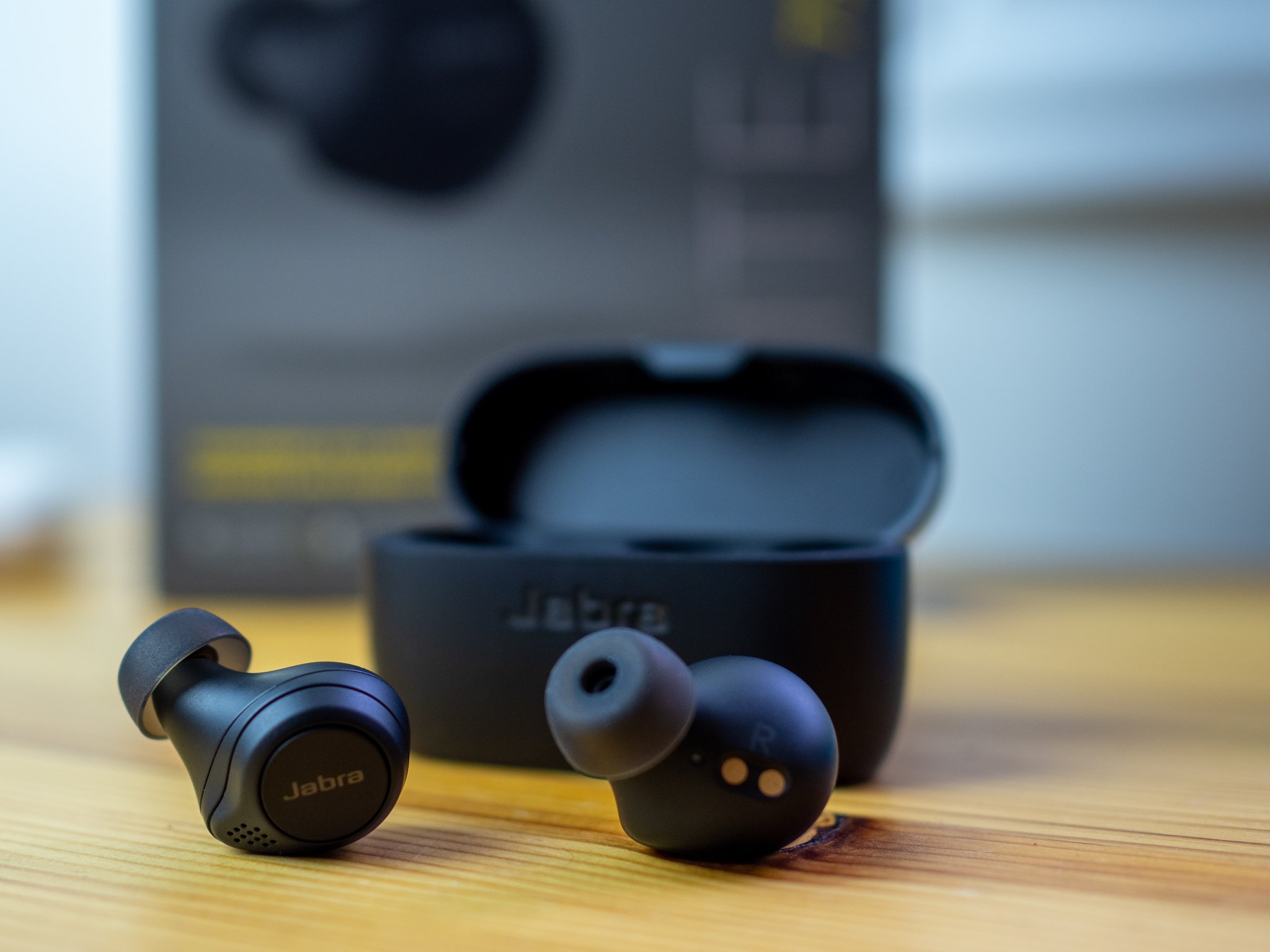
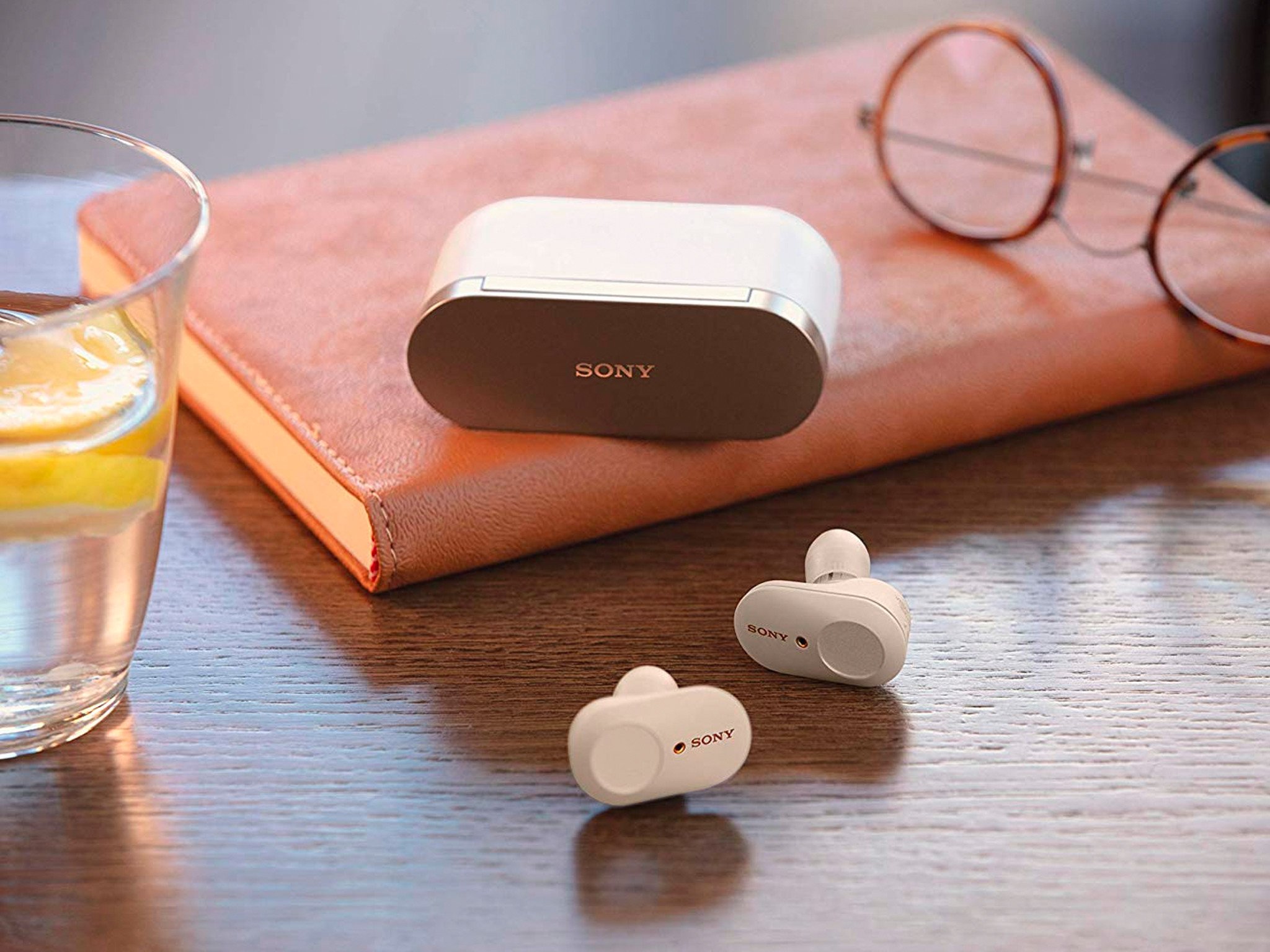
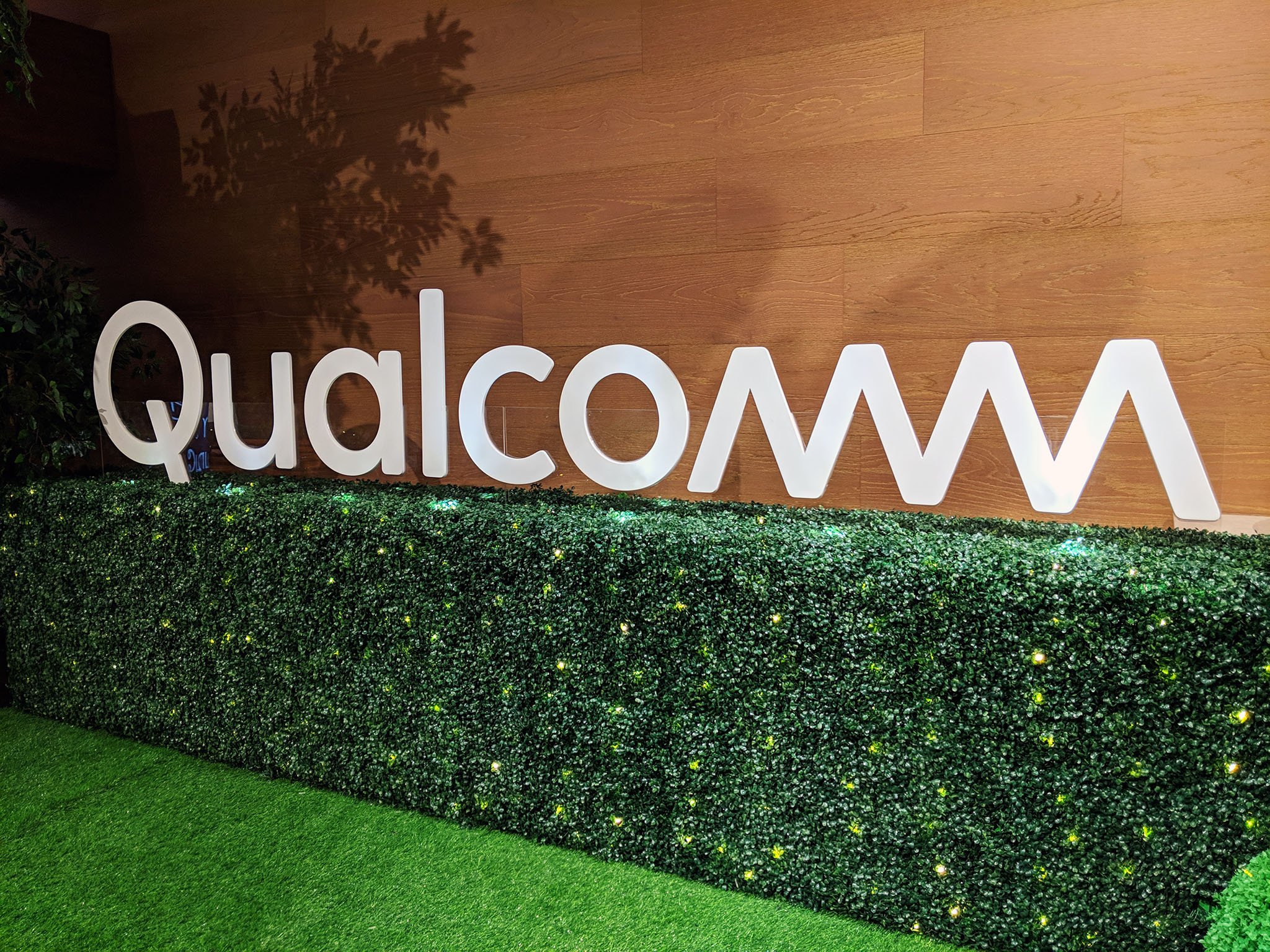
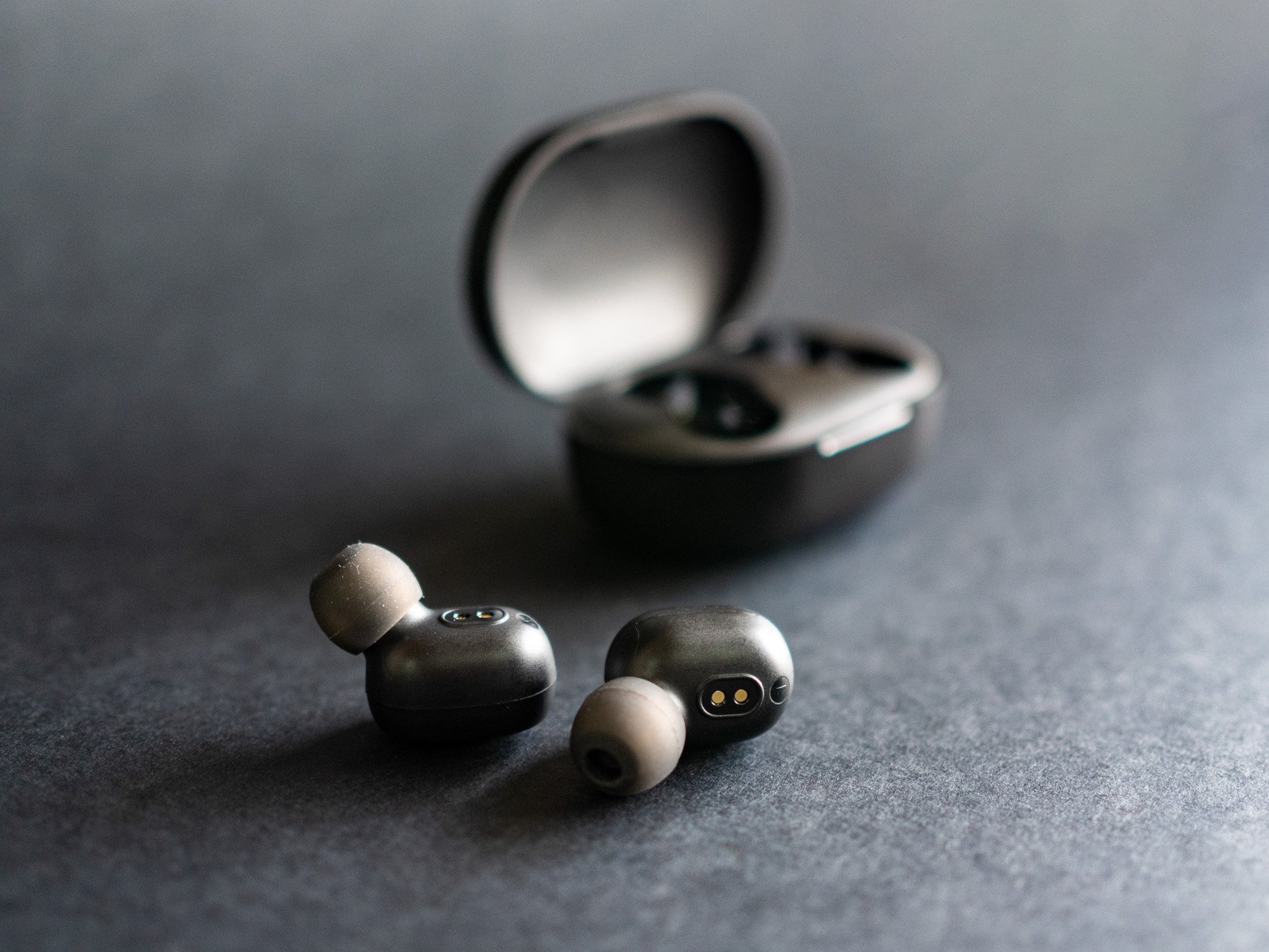
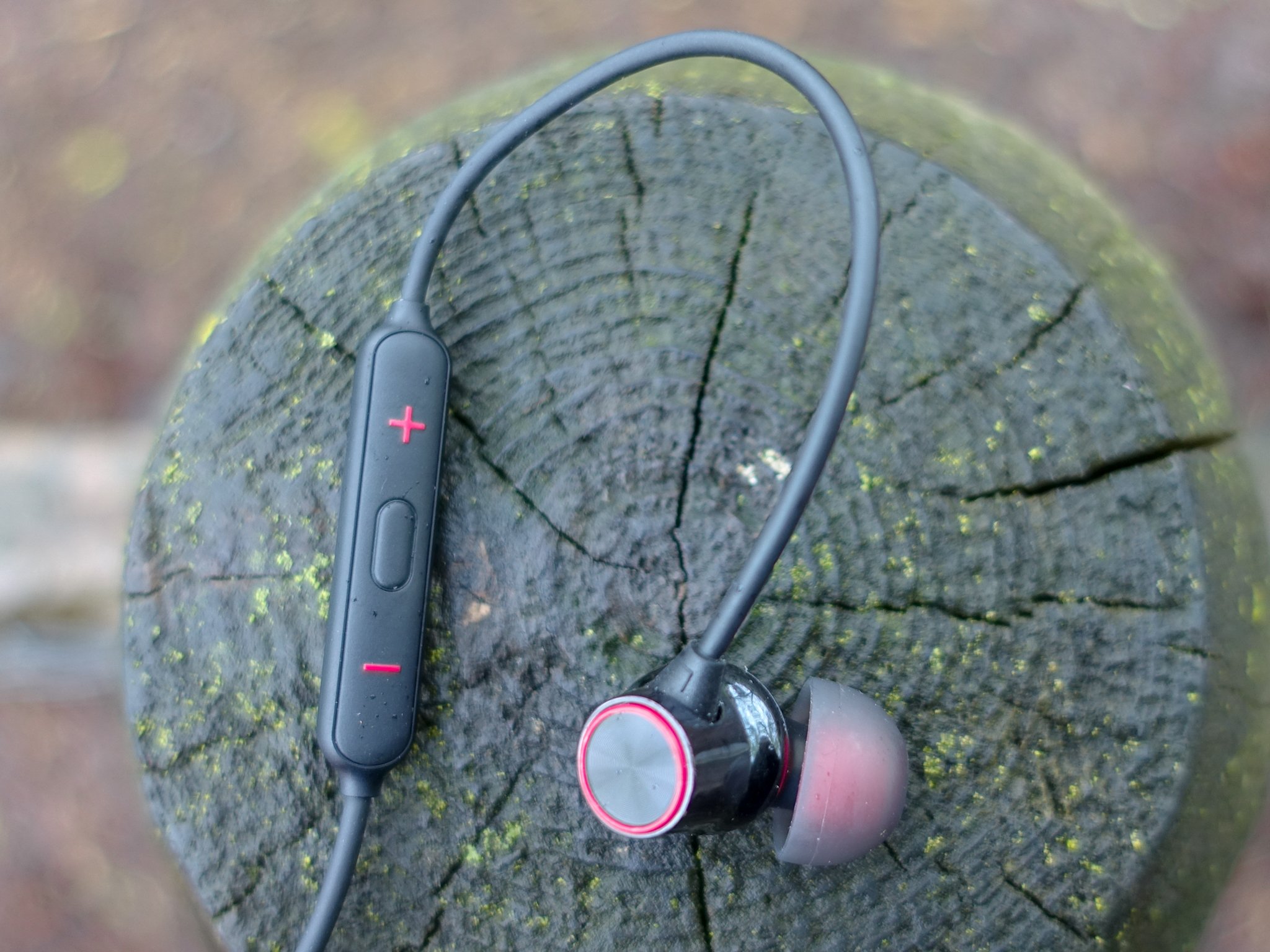
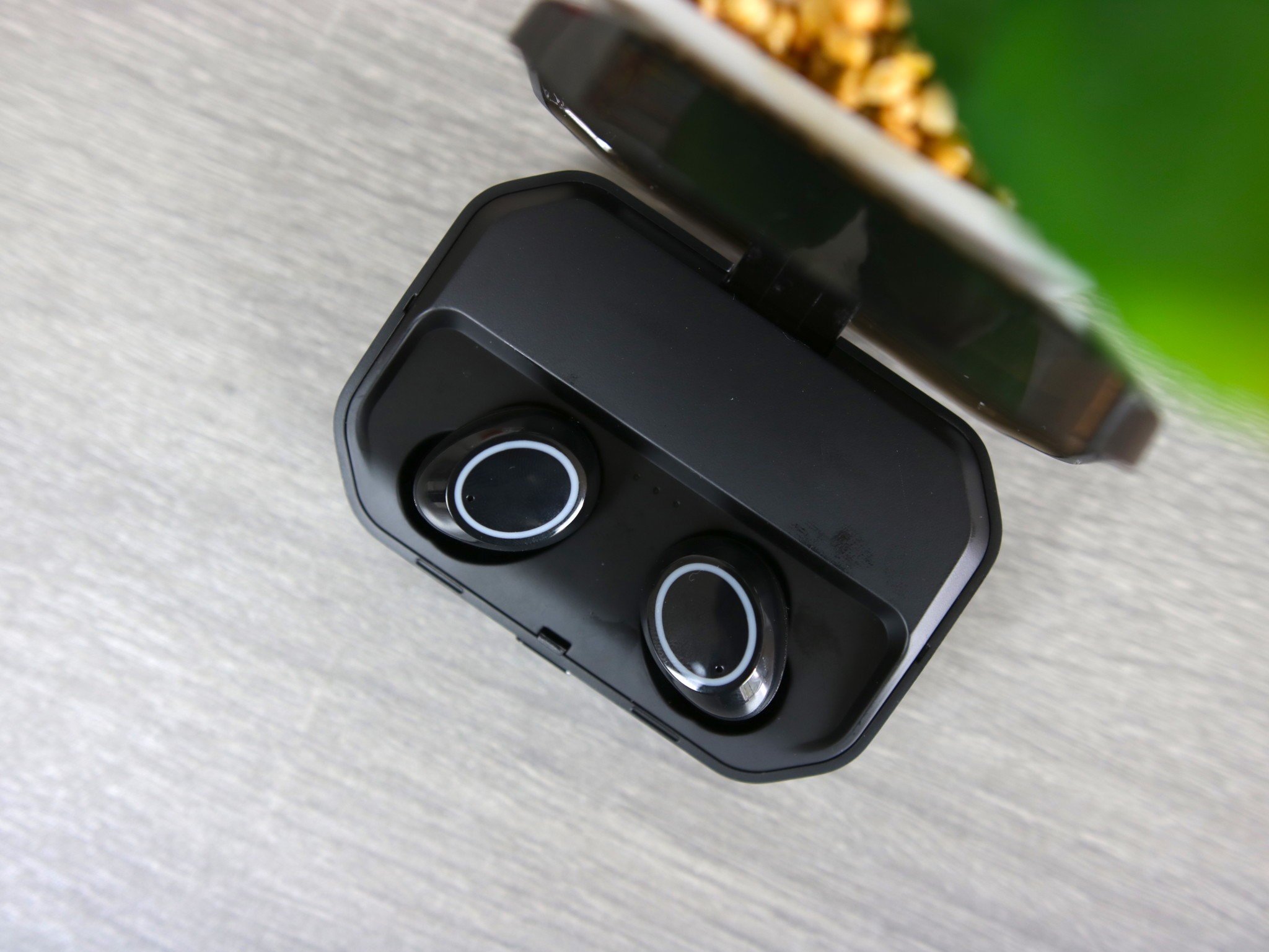
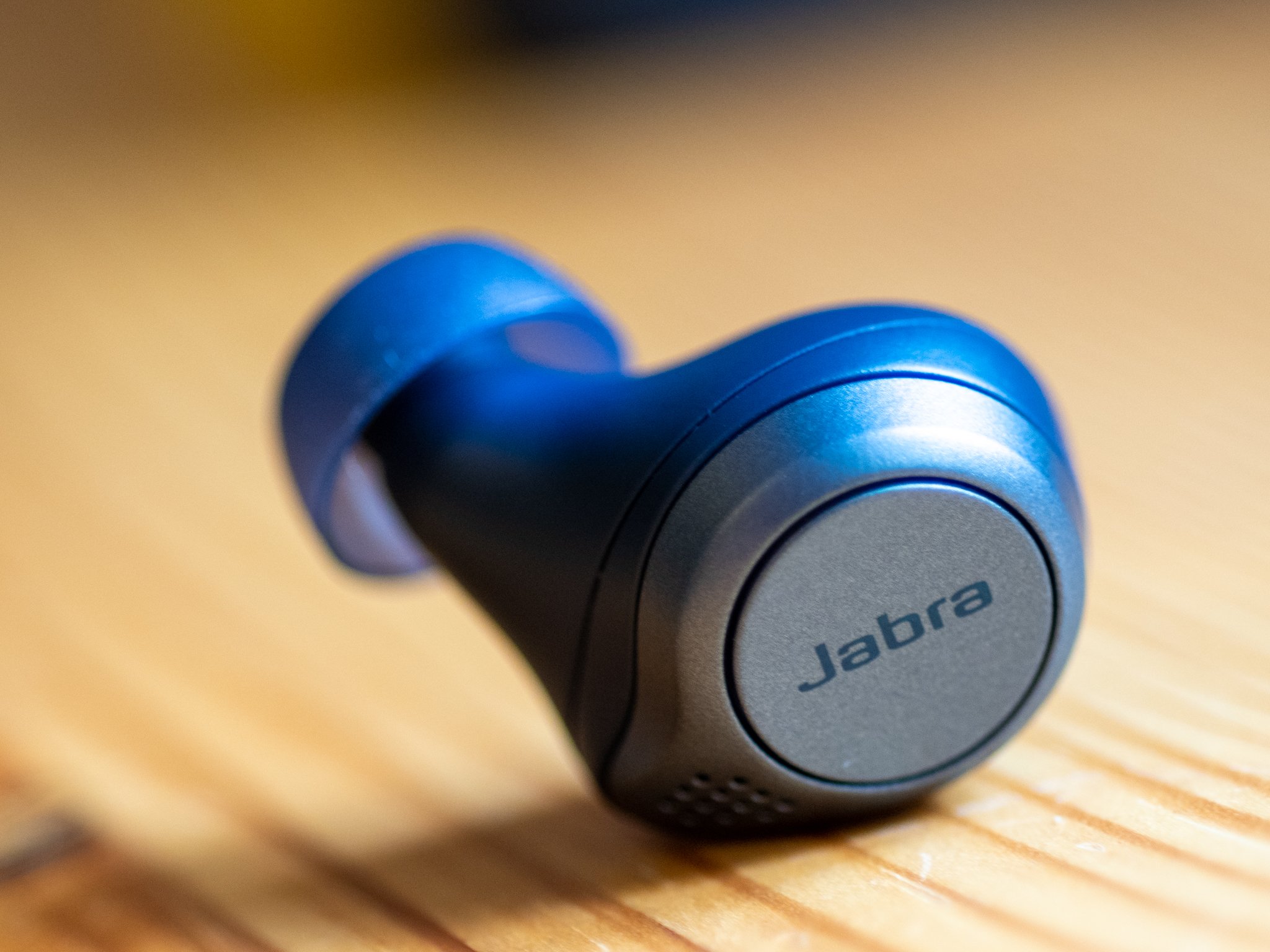
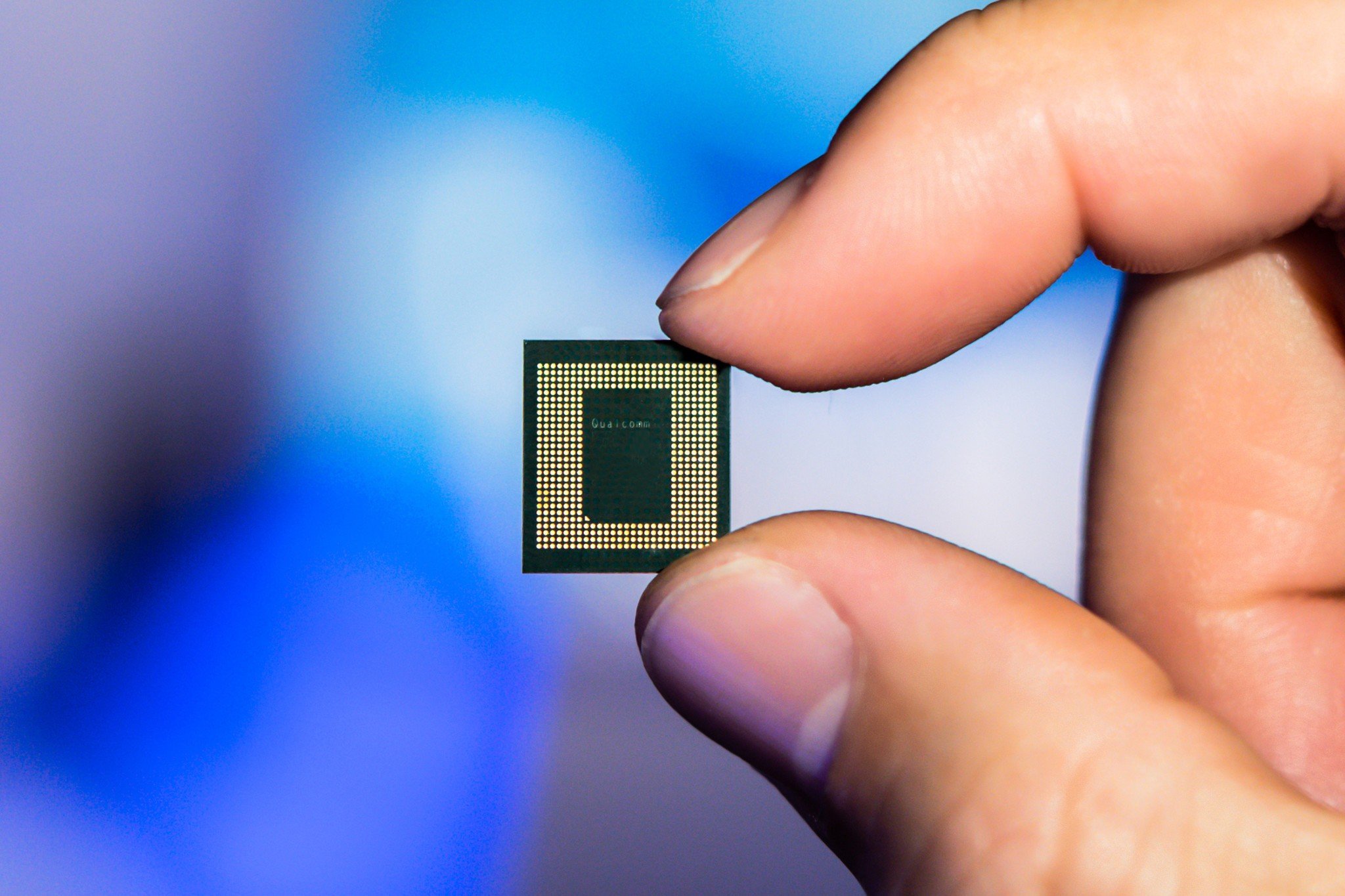

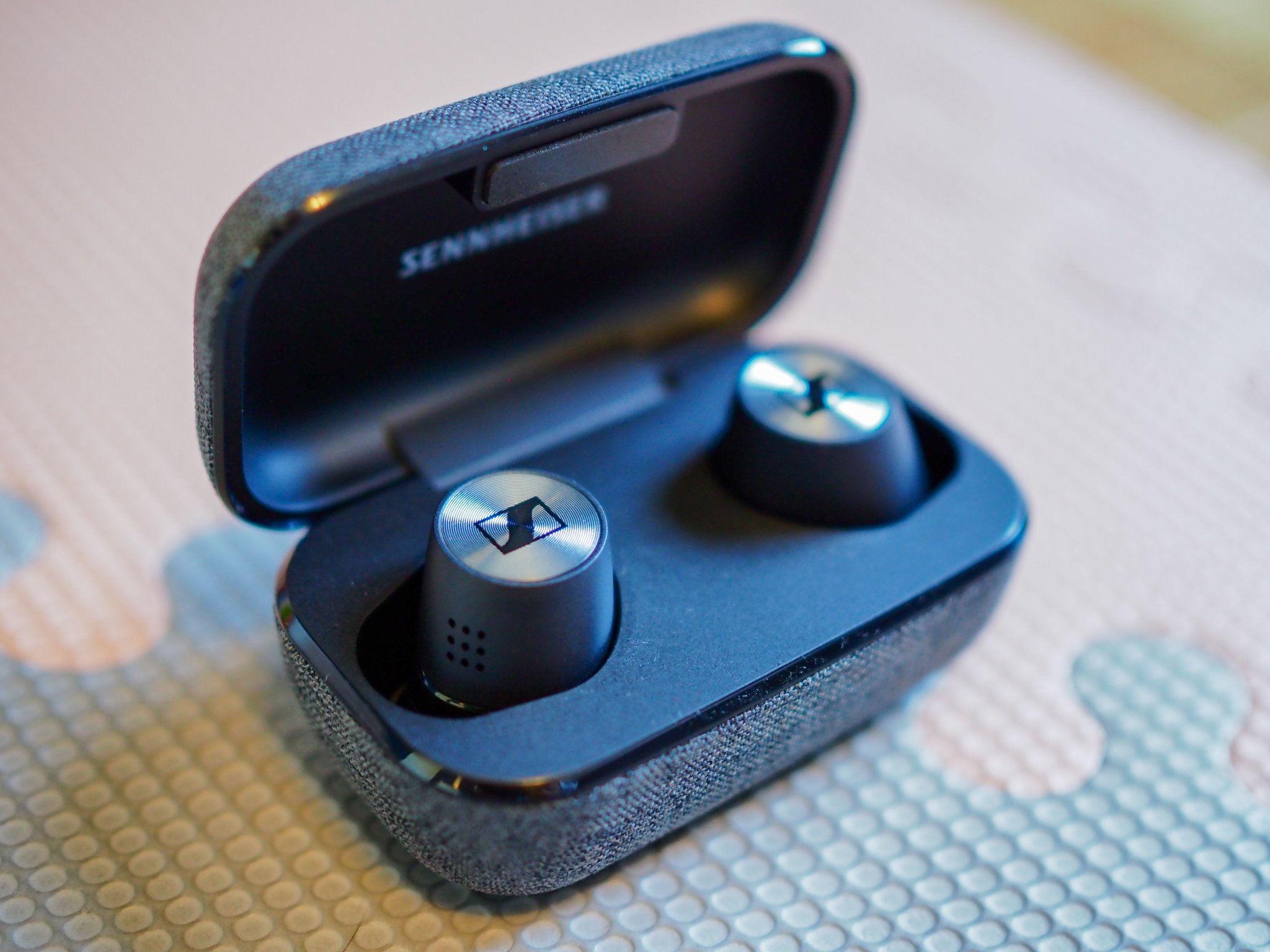
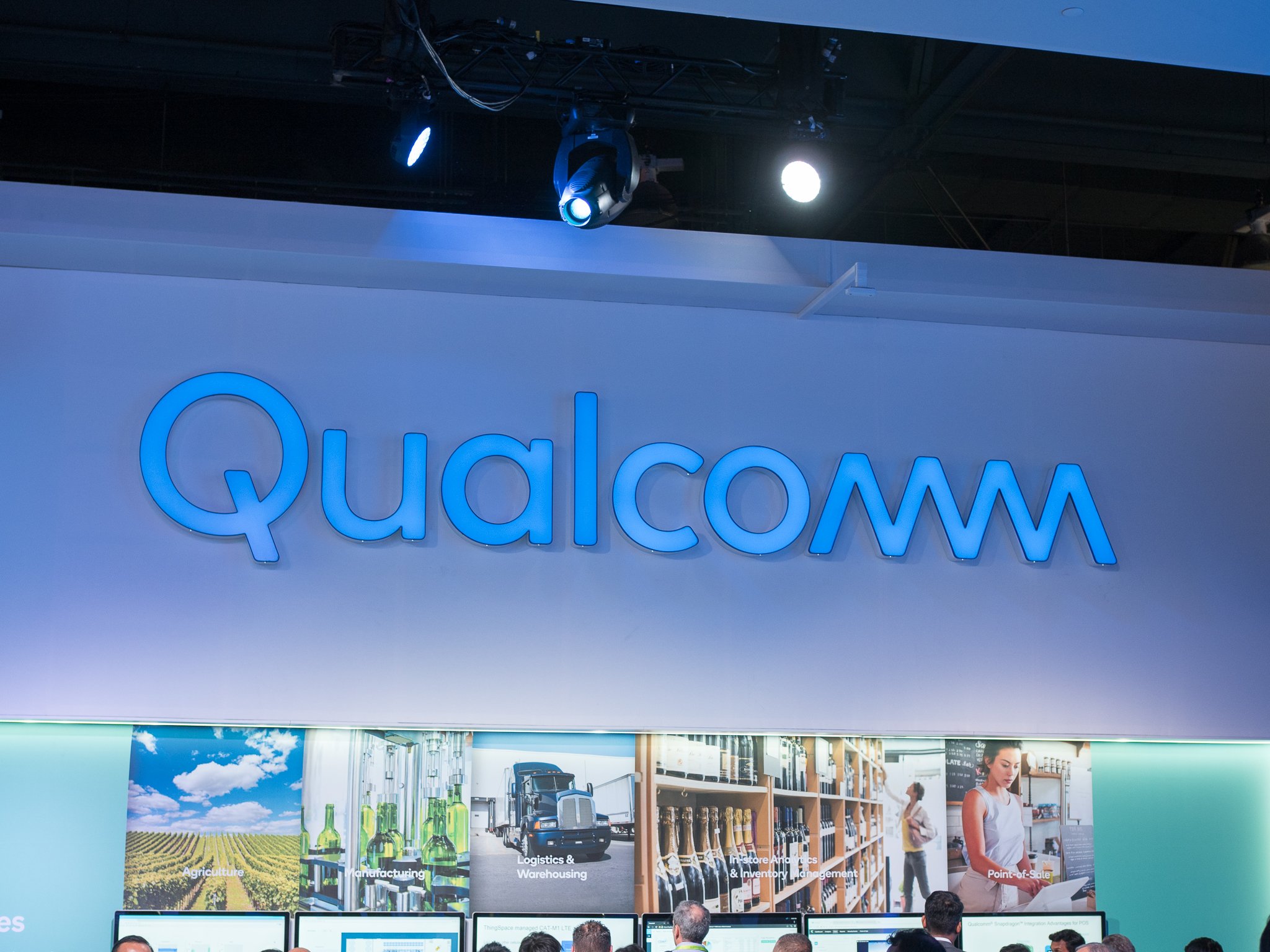

No comments:
Post a Comment